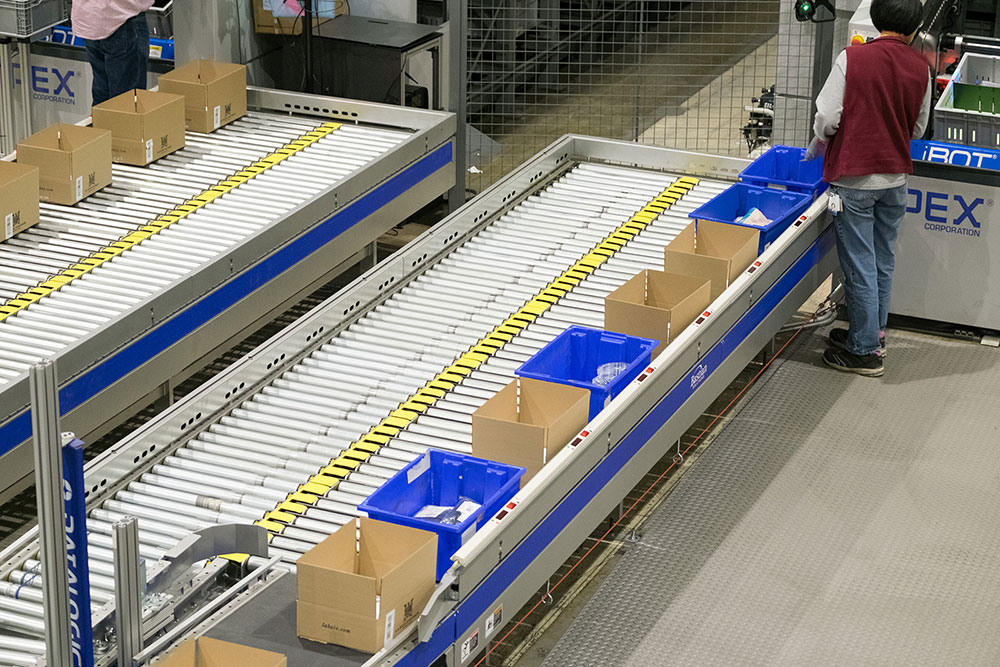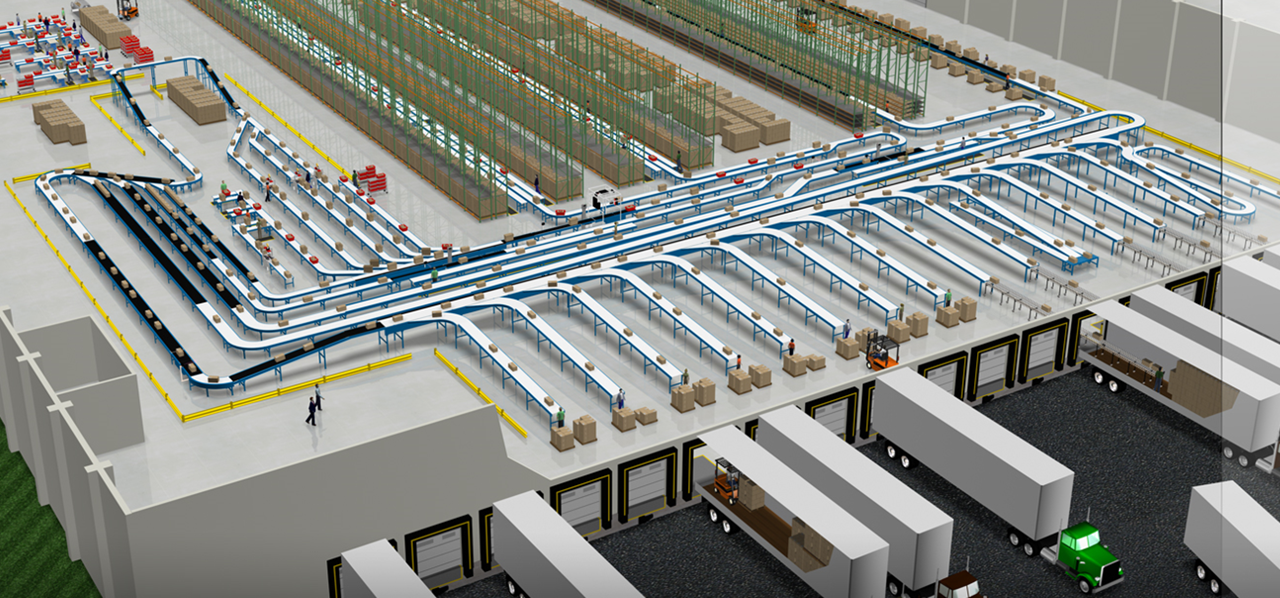
Conveyor Systems: The Easiest Automation for Speedy Workflows
Lakshmi Sagar | 22 February 2022
For decades, conveyor systems have been crucial for warehousing and logistics operations. Conveyor systems are used in all fundamental warehouse processes to transport raw materials out of storage to the production line, move products into other storage devices, and move final product into packaging lines, or transport packaged products to shipping. It is the most basic automation for anyone in the facility to transfer materials between long distances on varying elevations.
The retail sector utilizes conveyors for distribution and warehousing, sorting, and cross-docking. The increase in online retail coupled with changing consumers' behaviour for the fastest delivery is impacting the adoption of conveyor and sortation systems. To optimize store space utilization and stay profitable, retailers are adopting automated warehousing and distribution solutions.
In India and the Asia-Pacific regions, growth in online shopping has created a facilitative market environment for conveyors. The companies specially in manufacturing industry are looking forward to creating a safe environment, increase productivity, and stay digitally connected with their consumers as well as cut operational costs with automation systems.
Application of Conveyors in Warehouses

At receiving docks, the materials are directly unloaded & transferred to QC/inspection area via truck unloading conveyors such as telescopic belt conveyors, flexible or extendable roller conveyors. From QC/inspection, the materials are merged from multiple inbound docks using merger conveyors and then transferred via one single lane conveyor to put away or storage locations. Usually, the storage of materials in a warehouse or DC (distribution center) will be on multi-level floors, and for this, inclined belt conveyors, powered spiral conveyors or continuous elevators will be used to distribute the materials to a specific base.
Various types of conveyors are used in an order picking process from the storage locations. The multiple orders are picked in a batch, the selected items are put on a conveyor, then transferred to a sorting area situated at a longer distance from the storage location. The typical conveyors used to transfer products on a longer distance are powered roller conveyors if the products are stable enough to move on the rollers such as boxes, bins, or totes. It should have a minimum of three rollers under the box or bins to transfer the product smoothly on the roller conveyors and this determines the roller centers or pitch of the conveyor. The belt conveyors will be used to transfer items that are non-stable such as pouches, parcels, bags and other tiny objects which are non-conveyable on the roller conveyors.
From order picking, the conveyor system, which has collected items from multiple storage locations, is then to be consolidated & sorted, then the items will be packed, staged, and shipped using truck loading conveyors.
The general use of a sorter in an automated order fulfillment process is to sort items to packing stations or to sort the finished orders to specific destinations or shipping dock doors. There are several sorter technologies available and should be selected based on various factors such as item type, item size and throughput requirements.
Modern Conveyors Helping Companies with Speedy Operations
Modern logistics centers face steadily growing demand and the challenges of quickly supplying the increasing number of products. When working with multiple products with different sizes, the distributions centers need wide variety of systems with different material handling solutions to create the perfect warehouse designs. This means distribution centers need more intelligent and faster conveyor systems, and this modernization will be required to be implemented in the existing logistics center's infrastructure.
Whether businesses want to transform their warehouses into an omnichannel facility, or accelerate operations with volume, or improve operator ergonomics, modern conveyor and sortation systems can revive the organization's processes to reach those final stages. With ecommerce on the boom, the modern conveyor and sortation systems will improve throughput volume through greater speed and intelligent product movement than the manual work.
Modular systems also don't require centralized cable controls to supervise the system components, like the outdated technologies. Paired with warehouse execution software, these technologies allow intelligent routing of each conveyor segment throughout the facility, adding productivity and the capability to quickly shuffle sections of conveyors and sorters with minimal disturbance.
Modern conveyors are easy to install system that provides continuous flow of heavy to low weight product for shipment in the shortest time.
Find the Right Conveyor Solution
Modern conveyor technology combined with IoT technologies are smart and intelligent system, to enable product tracking, increasing the efficiency and optimizing productivity. It will also simplify needed maintenance to make whole processes run more smoothly from start to finish.
Bastian Solutions engineers can help you assess operations, determine the best technology and configuration, and create a resilient conveyor system that maximizes throughput, efficiency, and ROI, even during market changes.
Lakshmi is the Assistant Manager at Bastian Solution’s India regional office. He started his journey with Bastian Solutions in 2007 in Application & Solution Design. He has more than 15 years of experience in material handling system and warehouse automation designing various systems such as pallet handling, AS/RS (single deep, double deep, triple deep & multi-deep shuttle systems), mini-load AS/RS, goods-to-person technologies, AGVs & AMRs, conveyors, spirals, lifts, rail guided vehicles, sortation systems and robotic solutions. He has also worked with global suppliers and travelled across Europe, Asia and USA to develop new suppliers and train at their facilities.
Comments
No comments have been posted to this Blog Post
Leave a Reply
Your email address will not be published.
Comment
Thank you for your comment.